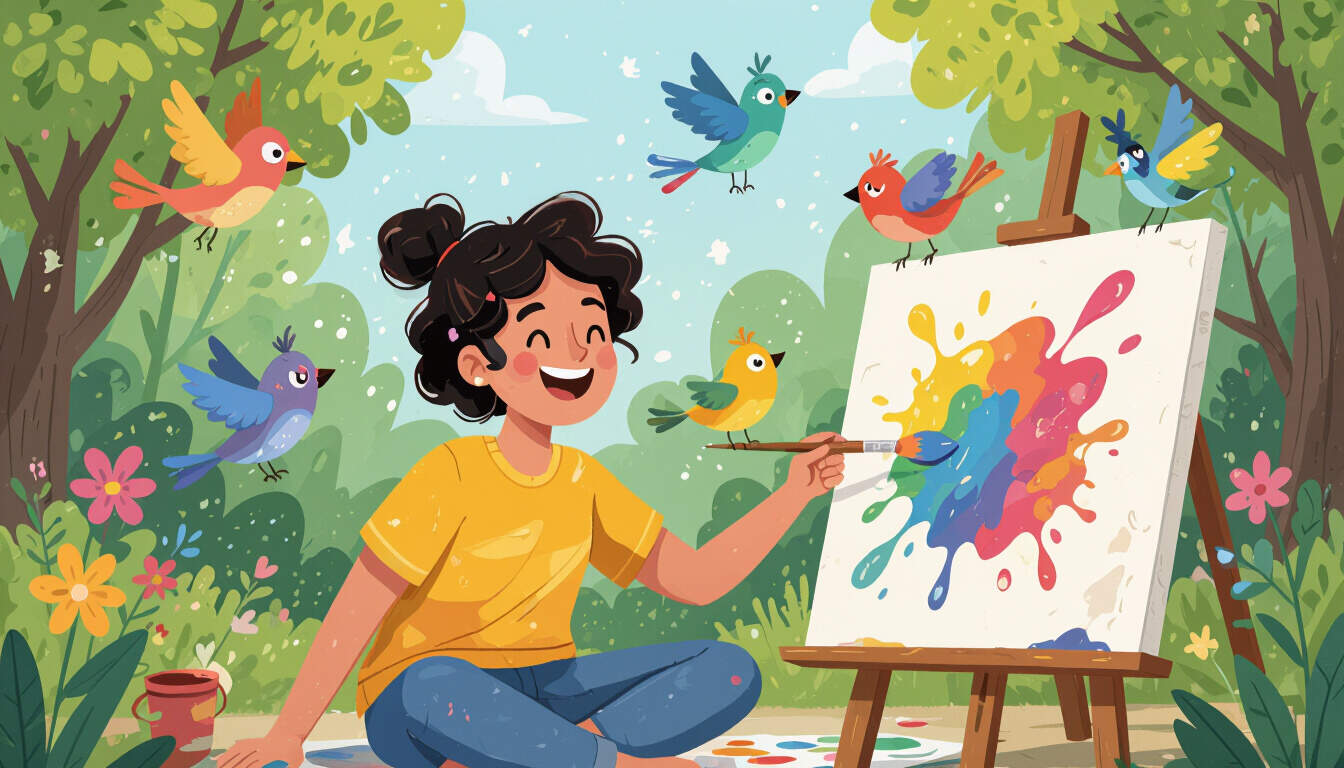The Benefits of Mindful Art Therapy for Everyday Life
 by Lilian Nienow
by Lilian Nienow
Mindful art therapy combines creativity with awareness to foster mental clarity and personal growth. This approach helps individuals reduce stress and build resilience through simple artistic activities, making it ideal for busy schedules.

Mindful art therapy offers a gentle path to improving well-being by blending artistic expression with focused attention. This practice encourages individuals to engage fully in the creative process, allowing for deeper self-reflection.
What is Mindful Art Therapy?
Mindful art therapy involves creating art while maintaining present-moment awareness. It helps people connect with their emotions in a supportive way. For example, mindfulness during drawing can reveal inner thoughts that might otherwise remain hidden.
This method draws from traditional art therapy but adds an element of conscious breathing and observation. Participants often use materials like paints or clay to express feelings. By doing so, they cultivate a sense of calm that supports daily routines.
How It Supports Mental Clarity
Engaging in mindful art therapy can clear the mind and reduce overwhelming thoughts. Regular sessions promote a state of flow where distractions fade away. Art therapy techniques, such as coloring mandalas, provide a simple way to achieve this clarity.
For busy professionals, incorporating these activities into breaks can refresh focus and energy. Students might find that sketching before studying enhances concentration and retention. The key is consistency, as even short practices build over time.
One effective technique is free-form painting, where individuals let their hands move without preconceived ideas. This process often leads to surprising insights and a lighter mood.
Building Personal Development Through Creativity
Through mindful art therapy, people develop skills that extend beyond the canvas. It fosters resilience by teaching how to handle emotions constructively. Personal development occurs as individuals learn to appreciate their progress, no matter how small.
Consider a scenario where someone uses journaling with sketches to track goals. This combination turns abstract aspirations into tangible visuals, making them easier to achieve.
In group settings, sharing artwork can strengthen connections and provide new perspectives. For instance, discussing a created piece might highlight shared experiences, encouraging empathy and growth.
Practical Tips for Getting Started
To begin with mindful art therapy, start with basic supplies like paper and pencils. Set aside a quiet space and dedicate a few minutes each day. Begin by observing your breath while holding the tool, then let creativity unfold naturally.
Here are some steps to try:
- Choose a prompt, such as drawing an object that represents peace.
- Focus on the sensations of the materials in your hands.
- Pause periodically to reflect on what emerges.
- End with a moment of gratitude for the experience.
These steps make the practice accessible and enjoyable, fitting into tight schedules without added pressure.
Real Stories of Transformation
Many have found value in this approach. A teacher shared how daily doodling helped manage work stress, leading to better interactions with students. Another individual, a parent, used collage-making to process life changes, finding renewed purpose.
<Strong>mental clarity from these activities often translates to improved decision-making and relationships. By prioritizing creative time, people report feeling more balanced and motivated.
Integrating It into Daily Life
For those with demanding routines, mindful art therapy can be a quick reset. Try it during lunch hours or before bed to unwind. Over time, this habit contributes to overall health and satisfaction.
Remember, the goal is not perfection but presence. Each session builds resilience and self-awareness, key elements for long-term growth.
In conclusion, mindful art therapy stands as a valuable tool for enhancing life quality. It invites everyone to explore their inner world through color and form, fostering a positive cycle of development.
